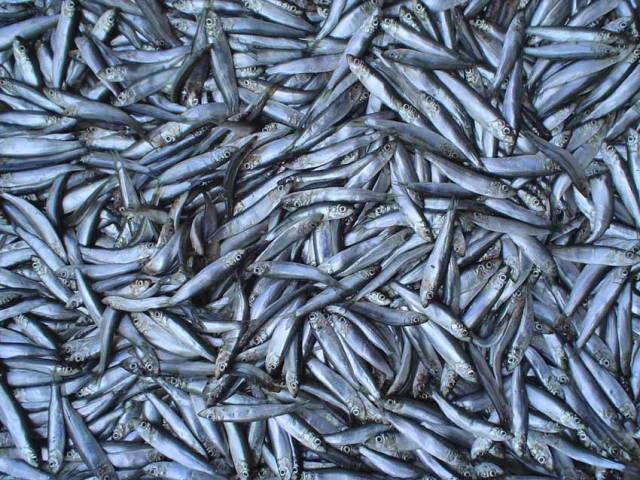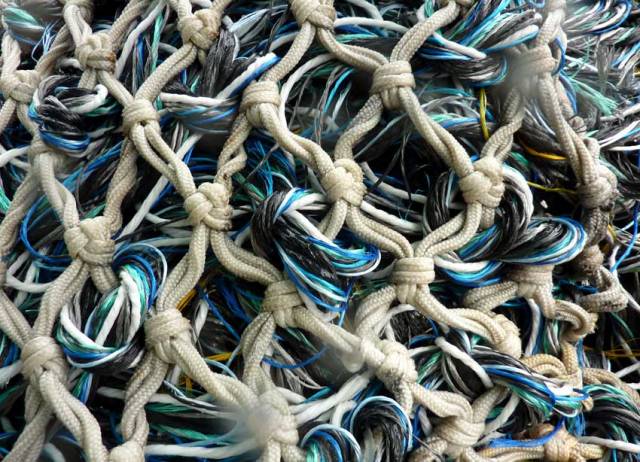

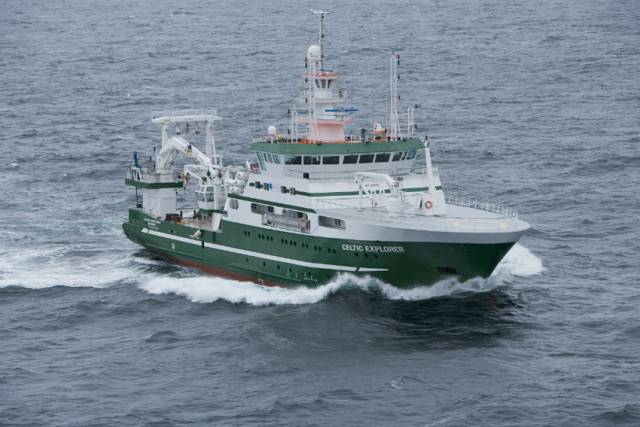
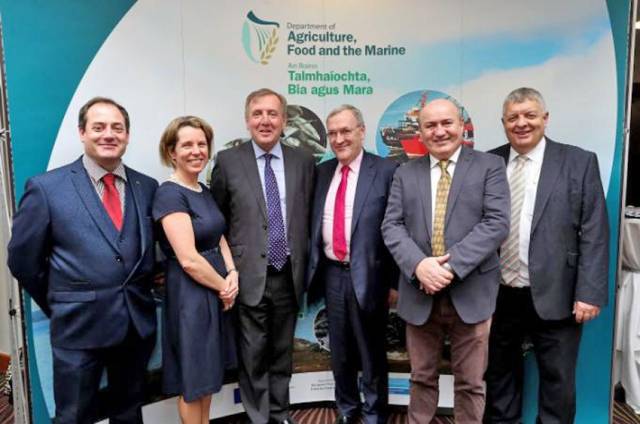
Marine Minister Notes ‘Serious Threats’ From Brexit At Dialogue For Seafood Sector
2nd February 2017 Fishing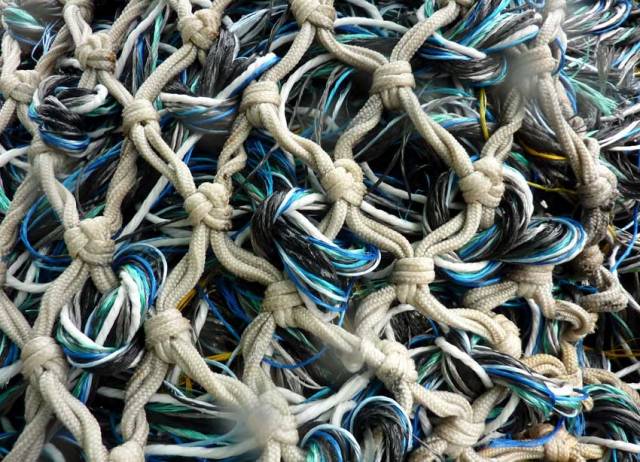
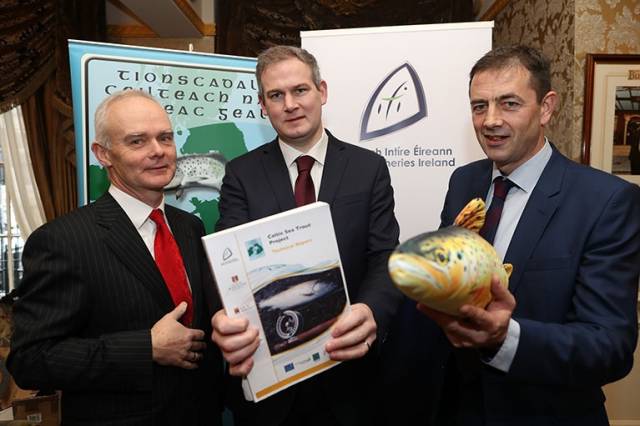
Inland Fisheries Ireland launches Celtic Sea Trout Project Report following Irish-Welsh Collaboration
27th January 2017 Fishing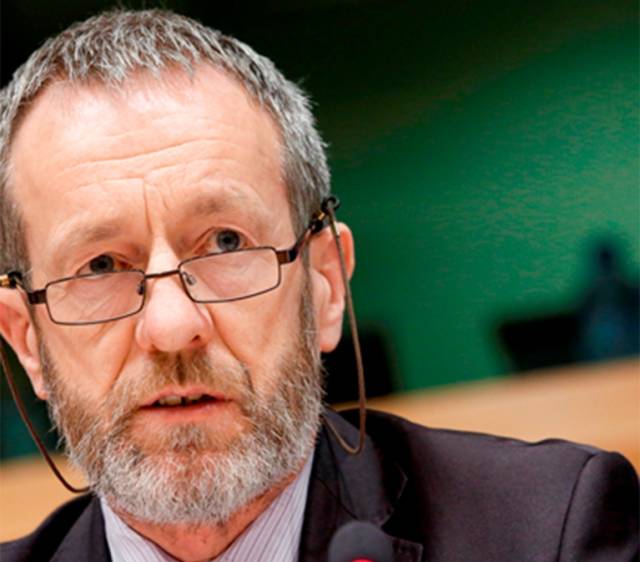
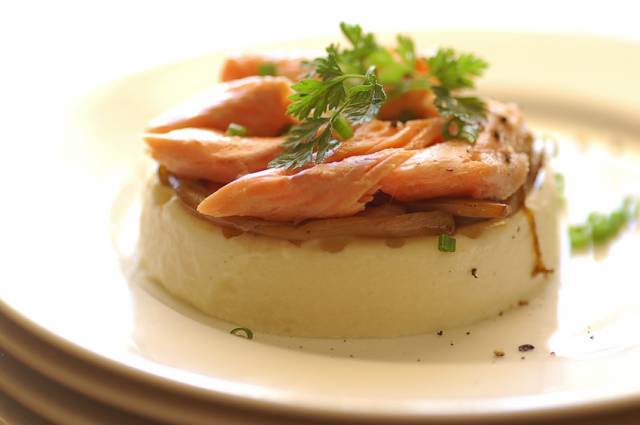
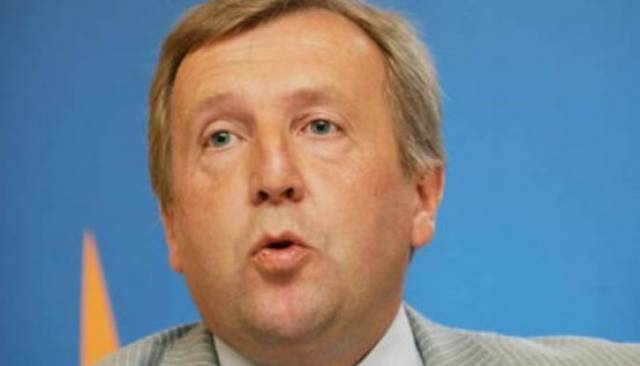
Marine Minister Takes On Donegal Supertrawler Fleet Over Multimillion Euro Mackerel Fishery
18th January 2017 Fishing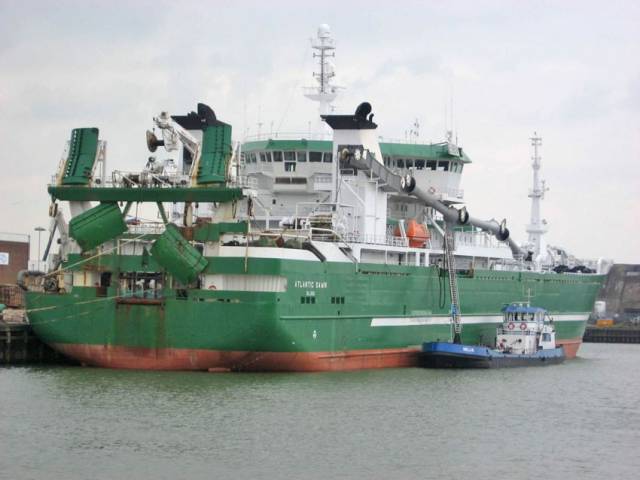
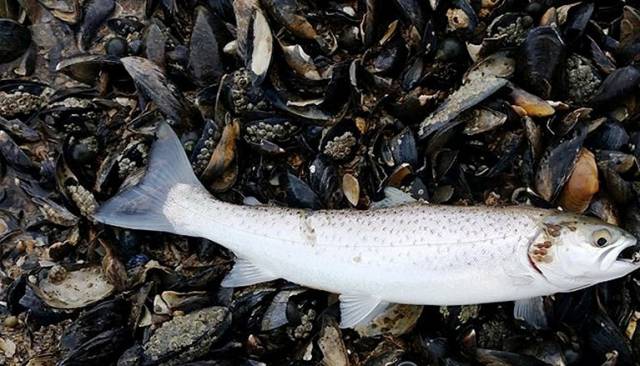
Salmon farming Contributes To Sea Lice Infestation on Sea Trout – New Research
9th January 2017 Fishing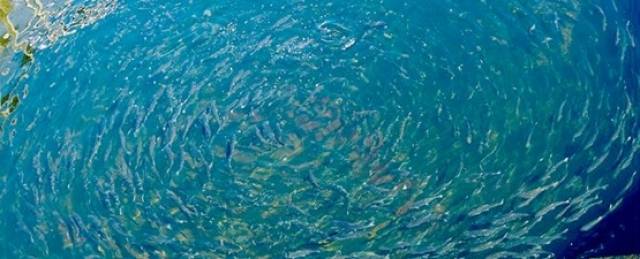
Marine Minister Appoints Independent Aquaculture Licensing Review Group
21st December 2016 Aquaculture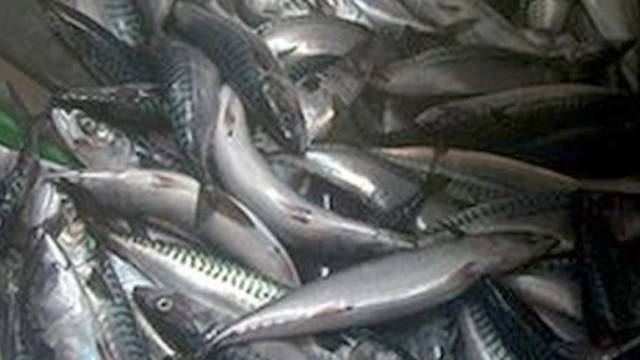
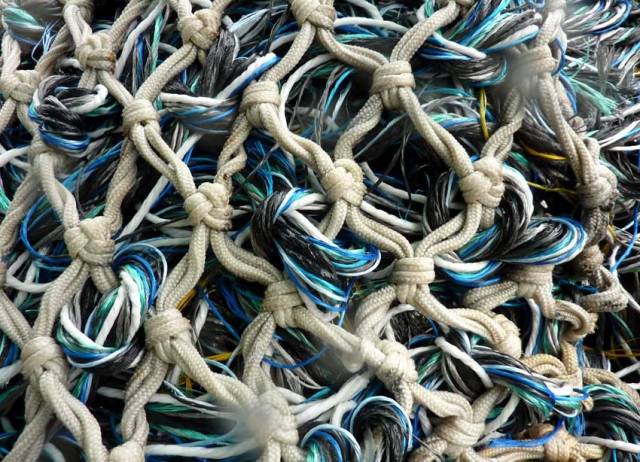
Creed Talks Concerns Over Quota Cuts Before Annual EU Fisheries Negotiations
13th December 2016 Fishing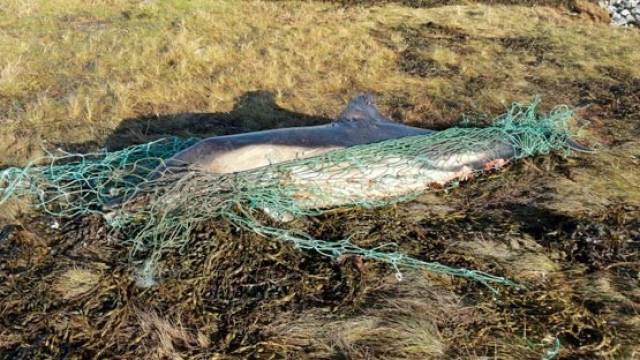
MEP Wants European Level Probe Into Alleged Supertrawler Link With Dolphin Deaths
11th December 2016 Fishing